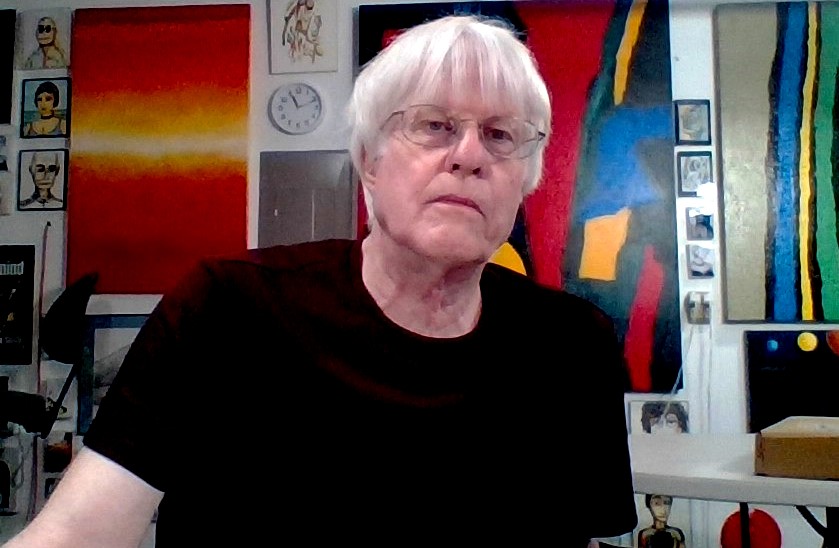

Today we’d like to introduce you to Michael Smith.
Hi Michael, please kick things off for us with an introduction to yourself and your story.
I began writing and drawing at age seven, heavily influenced by The Twilight Zone and Grade B 1950s science fiction movies. By the fifth grade, I’d found my kid writing voice in stories about my space hero Jack Commer, who later became the focus of my adult Jack Commer, Supreme Commander SF series. I also illustrated the stories, designed spaceships, and drew comics of dinosaurs and alien attacks.
Raised in the Northeast and the Chicago area, I moved to Texas to attend Rice University, where I began developing–let us hope–more mature approaches to writing and visual art. I keep updating my ongoing blog series, “A Writing Biography,” which so far covers my writing history from ages seven to thirty in probably more detail than anyone wants.
After graduation, getting married, and moving to Dallas, I began the arduous query process of typewritten manuscripts sent through surface mail for several long stories, which I recently discovered can be classified as novelettes (word count 7,500-19,000). These lengths indicate how eager I was to abandon story writing and move into the expansiveness of the novel. My first real novel astonished me with its explosion of dozens of characters and bizarre plots and subplots across 1,587 typewritten pages, which, years later, I realized contained one good novel, one bad novel, and three mediocre ones. I think 2017’s mercilessly revised and cut-down Akard Drearstone grabbed the good novel.
I had publishing success in the new world of online submission and eBooks with the publication of the first Jack Commer novel, The Martian Marauders, by Double Dragon Publishing in 2012. Later, I began publishing my work (eighteen titles so far) through my own Sortmind Press.
We all face challenges, but looking back, would you describe it as a relatively smooth road?
My obstacles have mostly been internal. The necessity of making a living obviously imposes time constraints, and writing and art take a lot of time to execute daily and to mature in general. However, time constraints forced me to develop efficient techniques of self-discipline, and even while working full-time, I wrote sixteen novels and published thirteen of them.
Related to time and self-discipline is the problem of energy. How do you access and nurture it? Where does it come from, how does it spring into existence and collapse, what dams it up and what liberates it, how does it get tied into illusion and fantasy? My experience is that energy latches onto honesty and reality and grows. Fooling yourself, allowing what talent you have to go to your head, definitely kills energy and produces empty art rituals.
An exterior obstacle I share with other creatives is the challenge of marketing my work, even as I’d rather spend my time creating it. It’s difficult to confront my introspective shyness about getting my work in front of people. But the alternative is to remain in perpetual isolation.
As you know, we’re big fans of you and your work. For our readers who might not be as familiar, what can you tell them about what you do?
Writing is my primary art form, but I also put a lot of energy into visual art.
I write both literary and science fiction novels, and my work is by turns surreal, speculative, psychological, and funny–each novel is an experiment and a risk. Although seven of my novels were at one point published in eBook and paperback by small presses, I now self-publish all my work with Sortmind Press.
What inspires me, as a writer, are plots that make deep emotional and thematic sense, like a dream or déjà vu. My best work begins with a good “What if?” For instance, for my novel CommWealth, just republished this summer: “What if all private property were abolished? How would people live?”
Visually, I work in both abstraction and realism according to how the energies can best be channeled.
I’ve also developed a decent nonfiction voice. Musing about writing and art processes on my blog helps hone my prose, though fiction remains my deepest satisfaction.
Some examples of my writing:
The Soul Institute inspired by dreams of a mythic return to the sanctuary of a vast foggy university. This long novel, with its multigenerational foundations and numerous parallel plots, is more or less my flagship novel.
The Jack Commer, Supreme Commander science fiction series, seven novels chronicling the evacuation of Earth, conflict with Martian terrorists, futile time travel war with Alpha Centaurians, and clashes with omnipotent biorobots.
CommWealth, where actors in a theatrical troupe find themselves leading a suicidal revolution against a new political system which has outlawed all private property.
Asylum and Mirage, my most recent novel, in which a naïve and disconnected artist finds himself drafted into a mindless war against the Reunion, an unstoppable army of hallucinatory consciousness.
I’m almost done with the first draft of Supreme Commander Laurie, a new series spinning off the Jack Commer universe.
What has been the most important lesson you’ve learned along your journey?
Navigating by high energy, choosing whichever activity I think sparks the most energy: a fiction chapter, a blog post, a journal entry, an acrylic or oil painting, a journal drawing, which medium to use, etc. Plans are either useful frameworks that promise energy, or they’re just bad ideas, obligations, or attempts to create what you imagine others think you ought to.
I first discovered navigating by high energy with those fifth-grade science fiction stories. This genre has always given energy and has never felt like a task.
Contact Info:
- Website: https://sortmind.com
- Facebook: https://www.facebook.com/Michael.D.Smith.Writer
- Linkedin: https://www.linkedin.com/pub/michael-d-smith/13/47a/4b/
- Twitter: https://twitter.com/sortmind
- Youtube: https://www.youtube.com/user/orangerhinosmith
- Other: https://blog.sortmind.com

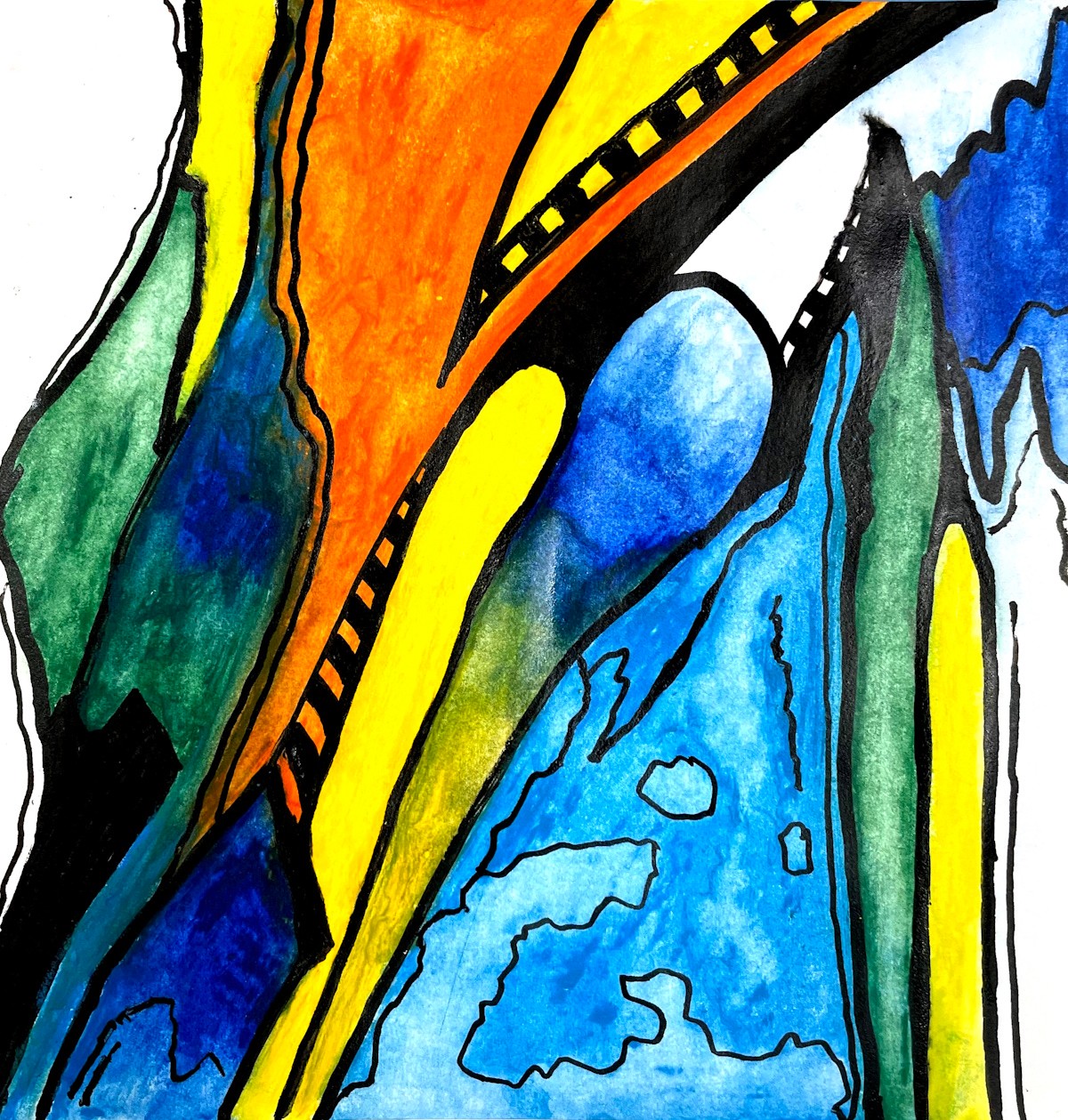
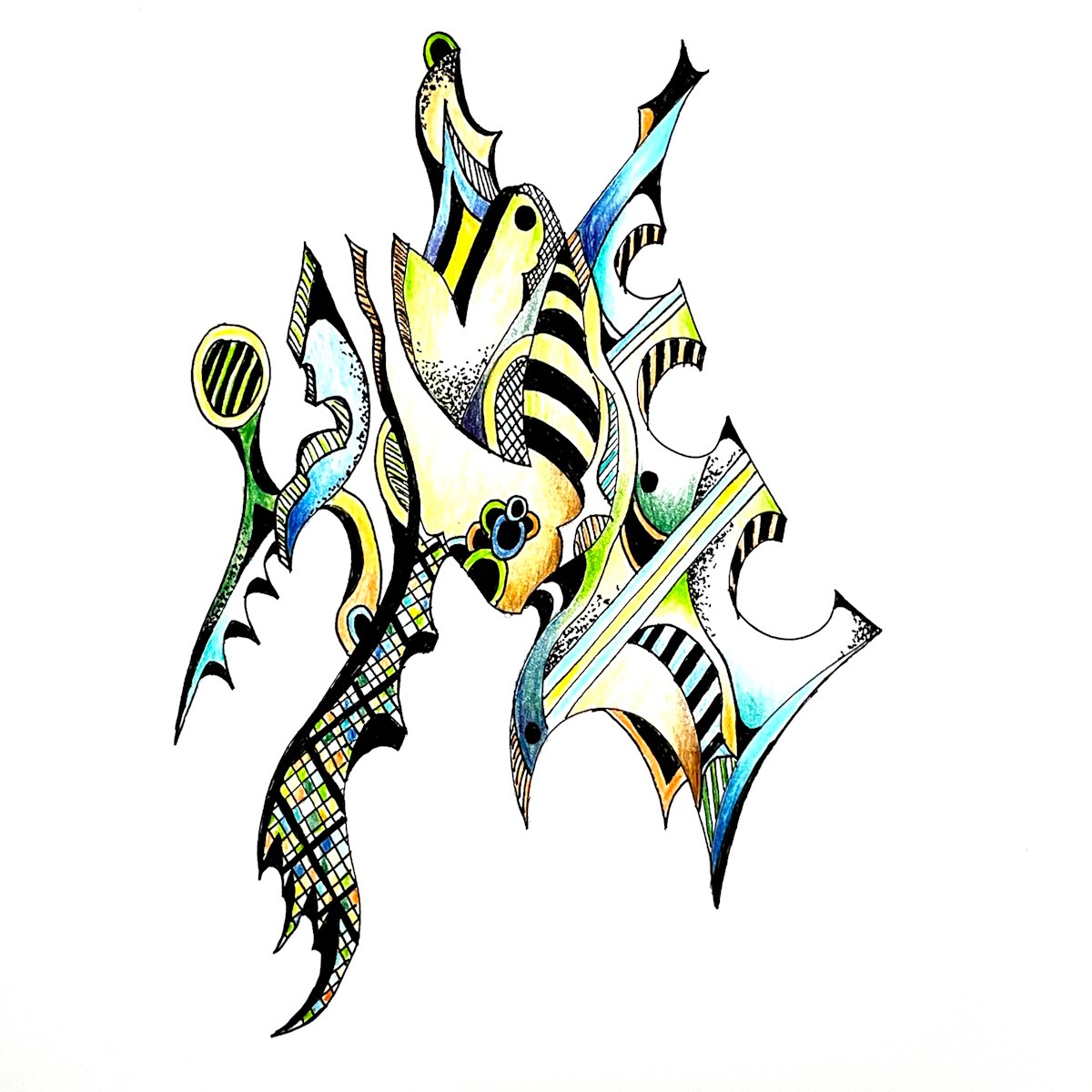
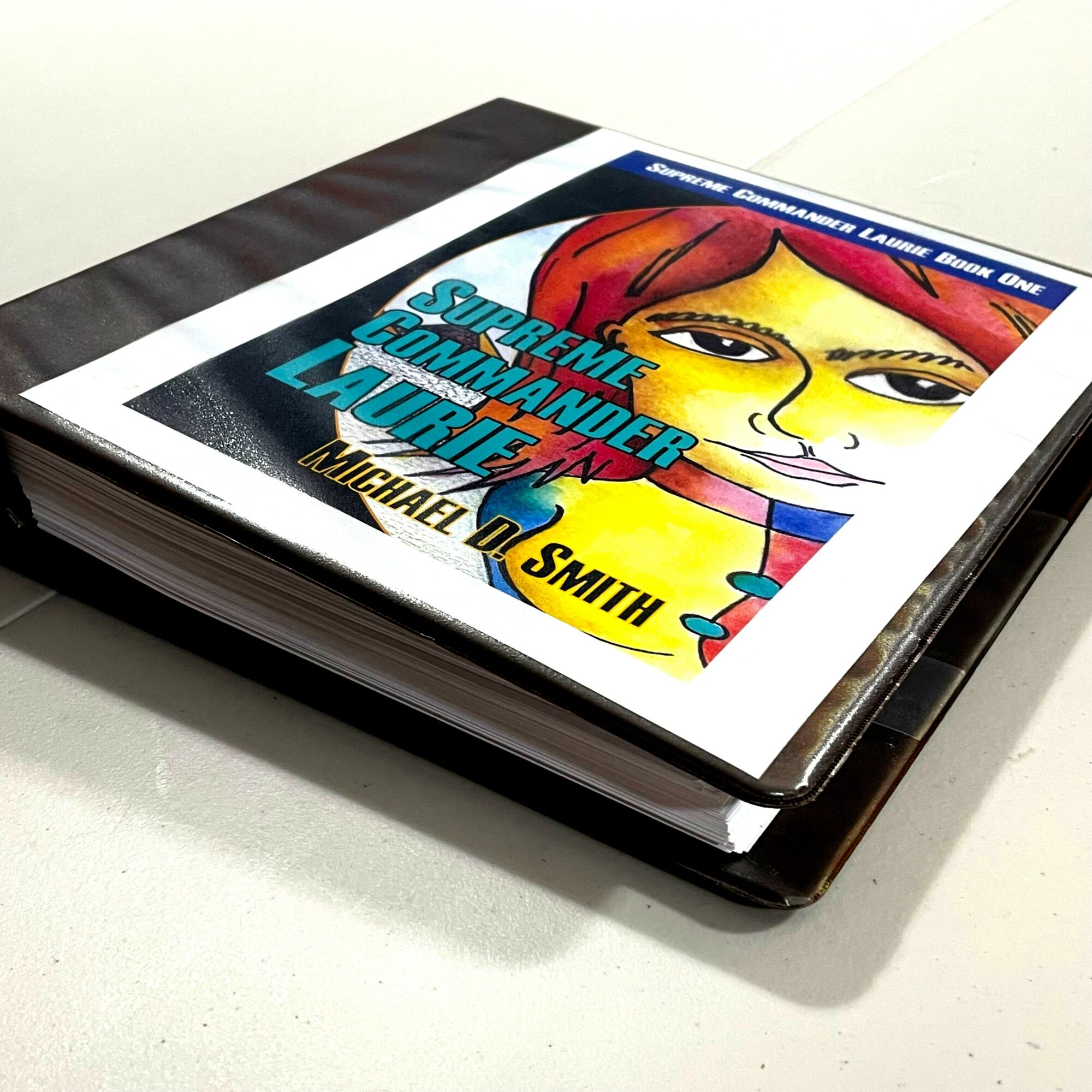
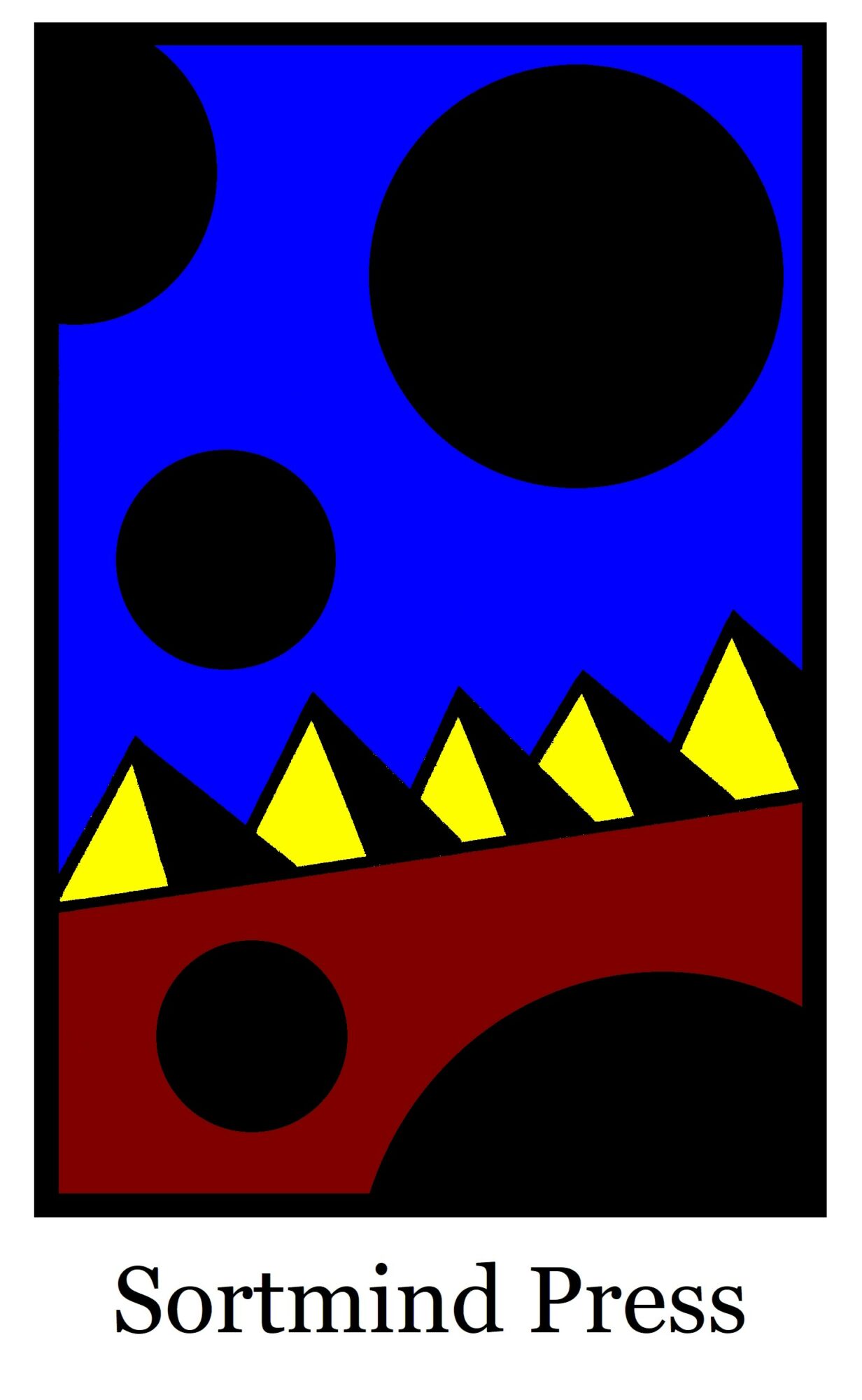
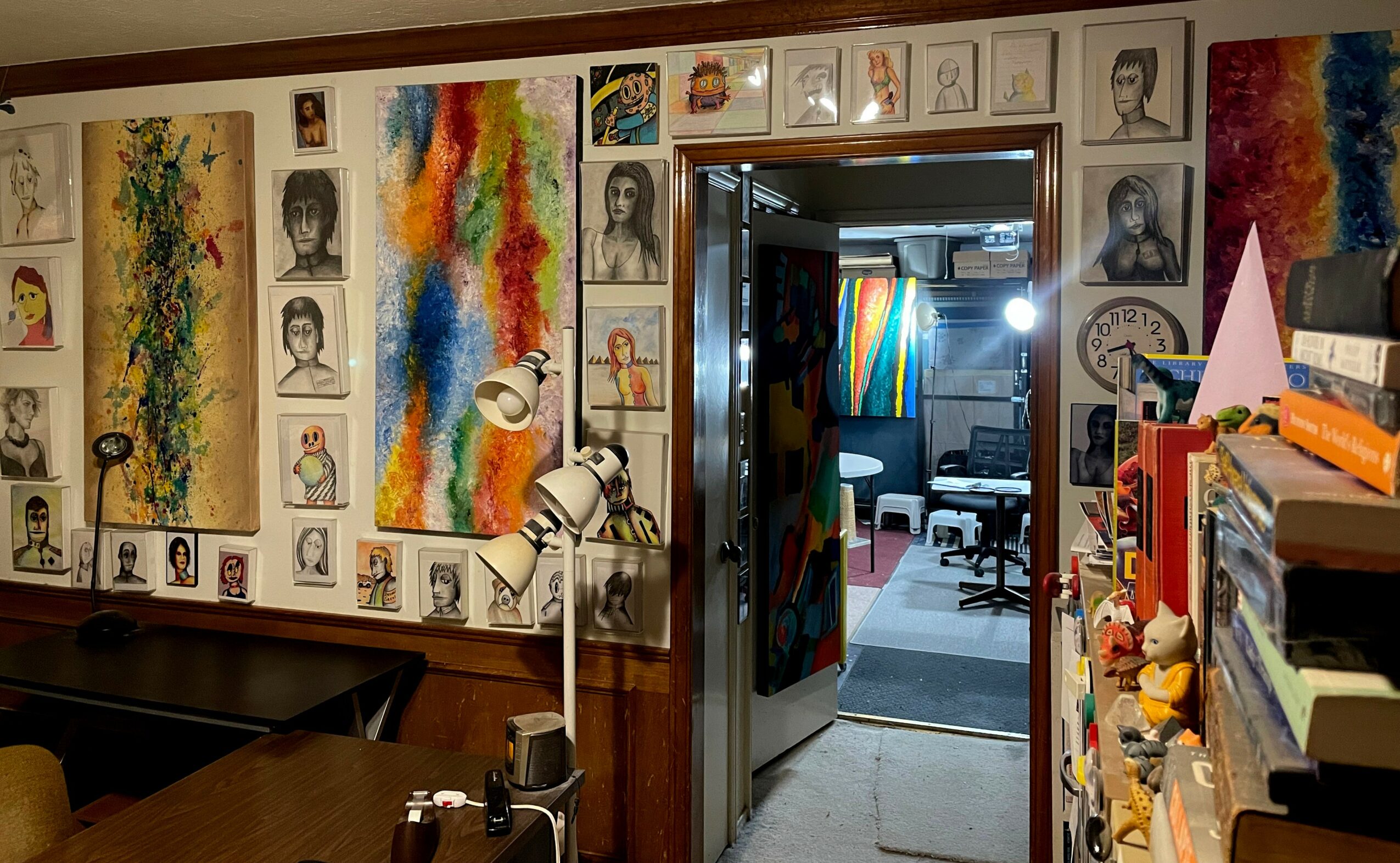
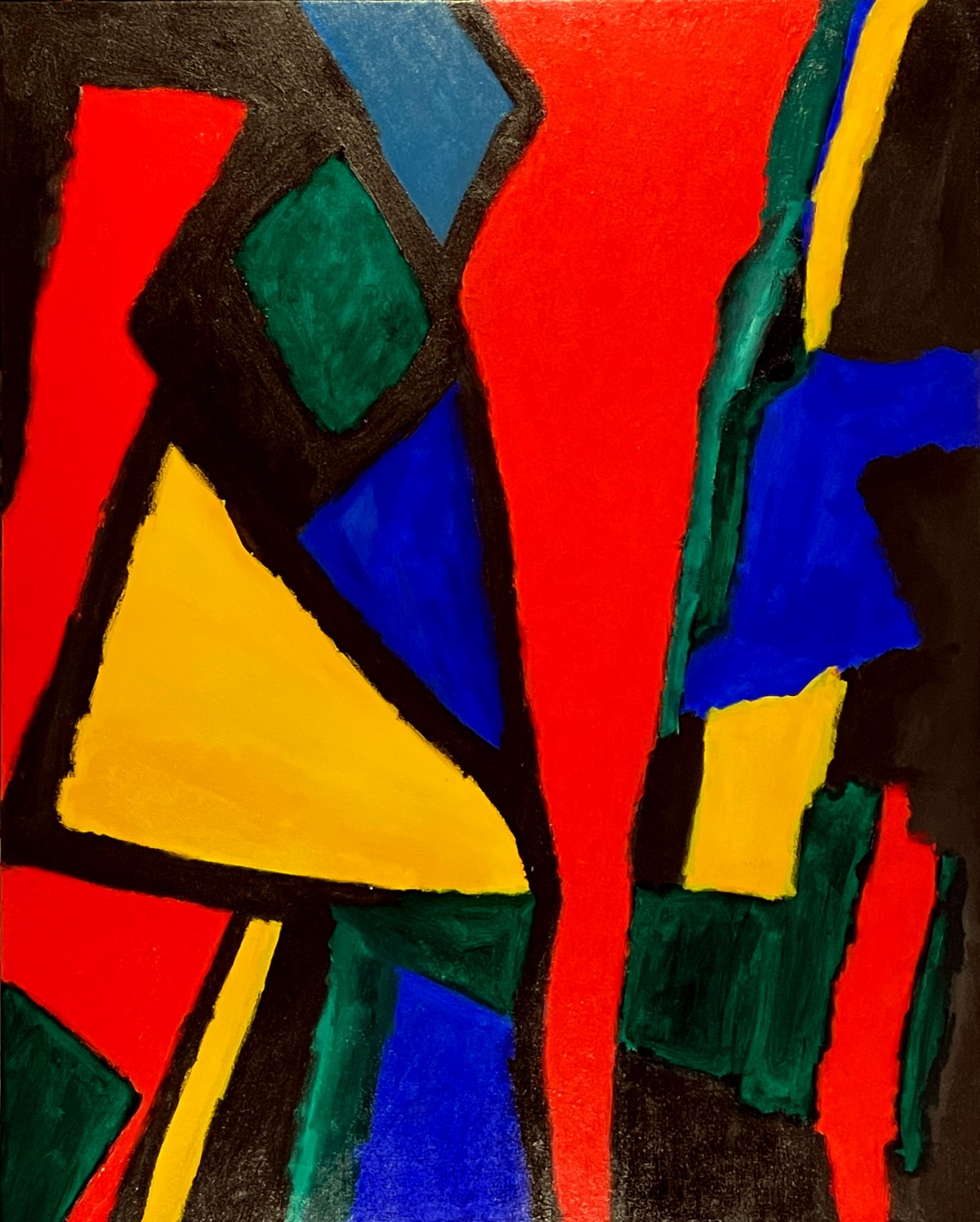
Image Credits
Michael D. Smith










